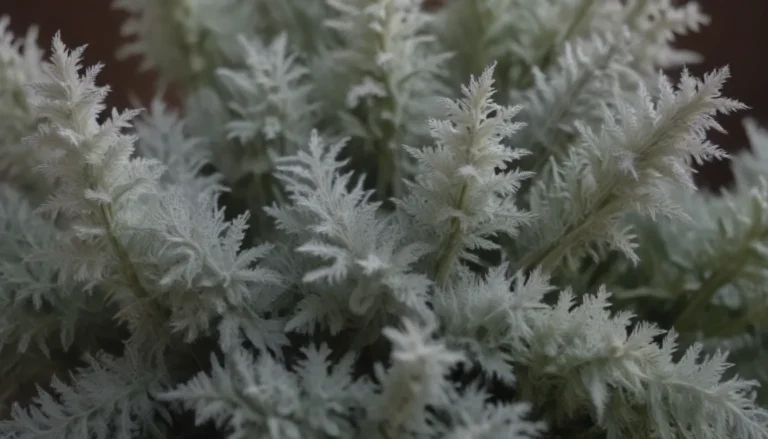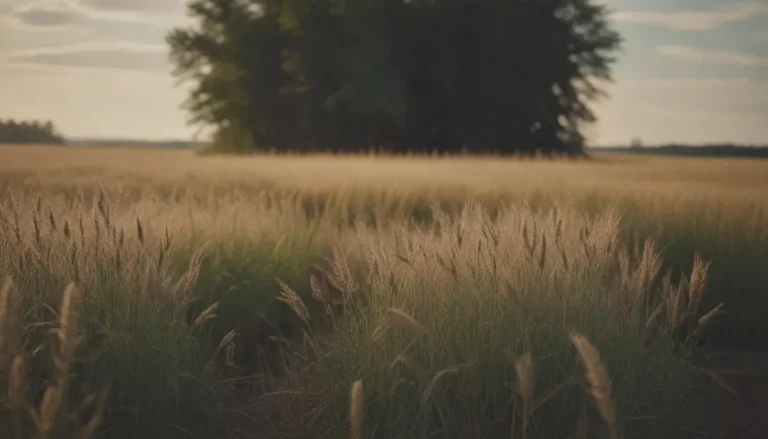Ultimate Guide: Growing and Caring for Your Carrotwood Tree

Are you considering adding a unique and attractive tree to your landscape? Look no further than the Carrotwood Tree, also known as Cupaniopsis. This evergreen tree, a member of the soapberry family, is a popular choice for coastal areas of California, where it thrives in warm, humid conditions. Its leathery leaves and charming blooms make it a delightful addition to any garden.
In this ultimate guide, we will explore everything you need to know about growing and caring for your Carrotwood Tree. From light and soil requirements to watering and pruning tips, we’ve got you covered. Let’s dive in!
Why Choose a Carrotwood Tree?
Before we jump into the care instructions, let’s talk about why the Carrotwood Tree is a fantastic choice for your garden. Here are a few reasons to consider adding this beautiful tree to your landscape:
- Attractive leathery leaves and whimsical blooms
- Thrives in warm, humid, and swampy regions
- Adaptable to various soil types
- Low maintenance and easy to care for
- Can be grown indoors with proper lighting and warmth
Now that you know why the Carrotwood Tree is a great option let’s move on to the essential care requirements for ensuring its health and vitality.
Carrotwood Tree Care
Here are the primary care requirements for growing a healthy and thriving Carrotwood Tree:
Light
One of the most crucial factors for the growth of a Carrotwood Tree is sunlight. These trees thrive in full sun conditions and require at least six hours of sunlight daily. Plant your tree in an area that receives ample sunlight to ensure it reaches its full potential. Avoid shady spots, as this can significantly impact the tree’s growth rate.
Soil
While Carrotwood Trees prefer sandy soil, they are adaptable to various soil types, including clay and loam. Plant your tree in a location with moist, nutrient-rich soil for optimal growth. The pH of the soil is not a significant concern, as these trees can thrive in slightly acidic or alkaline conditions.
Water
During the first year, water your Carrotwood Tree consistently, approximately once every one to two weeks. Once the tree is established, you can reduce watering frequency and only water during dry spells or droughts. Be mindful of the tree’s water needs, as overwatering can be detrimental to its health.
Temperature and Humidity
Carrotwood Trees thrive in hot and humid environments and should be protected from extreme cold or low humidity. Ensure that your tree is planted in USDA zones 9 to 11, where it thrives best. As climate conditions change, monitor the tree’s habitat to prevent invasive growth in other regions.
Fertilizer
While not excessive, Carrotwood Trees may benefit from supplemental fertilizers, especially in less-than-ideal soil conditions. Consider using an all-purpose slow-release ornamental tree fertilizer with an NPK formula of 16-6-12 to support the tree’s growth and vitality.
Types of Carrotwood Trees
The Carrotwood Tree, Cupaniopsis anacardioides, is available in its wild type without any cultivars or varieties. To identify a Carrotwood Tree, look for distinctive features such as smooth gray outer bark, orange inner bark, leathery leaves, greenish-white flower clusters in winter, and woody orange and yellow fruit capsules in summer.
Pruning Tips
Pruning is essential to maintain the shape and size of your Carrotwood Tree and prevent overcrowding branches. Whether single-trunked or multi-trunked, pruning can enhance the tree’s appearance and health. You can prune your Carrotwood Tree at any time of the year, as it is a tropical evergreen with no dormant period.
To prune your tree effectively, you will need garden shears, loppers, a pruning saw, and cleaning tools. For extensive pruning that requires a ladder, consider hiring a professional certified arborist to ensure the job is done safely and correctly.
How to Grow Carrotwood Trees From Seed
Propagating a Carrotwood Tree from seed is a straightforward process that requires a warm and humid environment for optimal germination and growth. By mimicking the conditions that birds enjoy, you can ensure successful seed dispersal and fast growth of your Carrotwood Tree. Follow these steps to grow your tree from seed effectively.
Potting and Repotting Carrotwood Trees
If you prefer to grow your Carrotwood Tree in a container, ensure that the pot has adequate drainage and is deep enough to accommodate the tree’s roots. Repot the tree after it doubles in size or annually, depending on its growth rate. Use a combination of potting soil, compost, and mulch to provide the necessary nutrients for your tree’s health and vitality.
Common Pests & Plant Diseases
Carrotwood Trees are relatively resistant to pests, but they may be susceptible to fungal diseases such as verticillium wilt and fusarium dieback. Monitor your tree for signs of yellowing, dieback, or wilting, which may indicate a fungal infection. Consult with a professional arborist for proper diagnosis and treatment of these diseases to ensure your tree’s health.
Common Problems With Carrotwood Trees
While Carrotwood Trees are relatively low maintenance once established, you may encounter issues such as yellowing leaves. Address nutrient deficiencies, watering issues, and environmental factors to correct yellowing leaves and promote tree health. Remember that Carrotwood Trees can grow rapidly in full sun conditions and may require periodic pruning to maintain their shape and size.
In conclusion, the Carrotwood Tree is a beautiful and unique addition to any landscape, with its attractive foliage and charming blooms. By following the care tips outlined in this guide, you can ensure that your Carrotwood Tree thrives and remains healthy for years to come. Happy planting!





